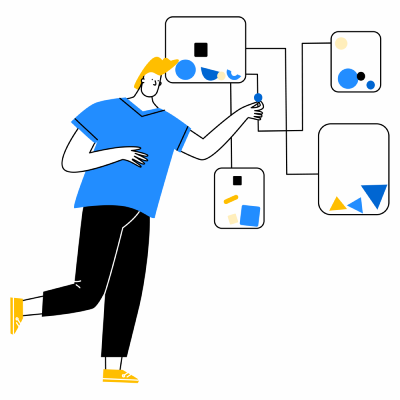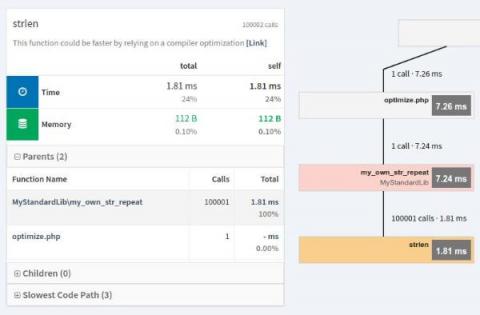Interview With The CEO of AIClub, Nisha Talagala
In the latest instalment of our interviews speaking to leaders throughout the world of tech, we’ve welcomed CEO of AIClub, Nisha Talagala to share her thoughts. Nisha has significant experience in introducing technologies like Artificial Intelligence to new learners.











